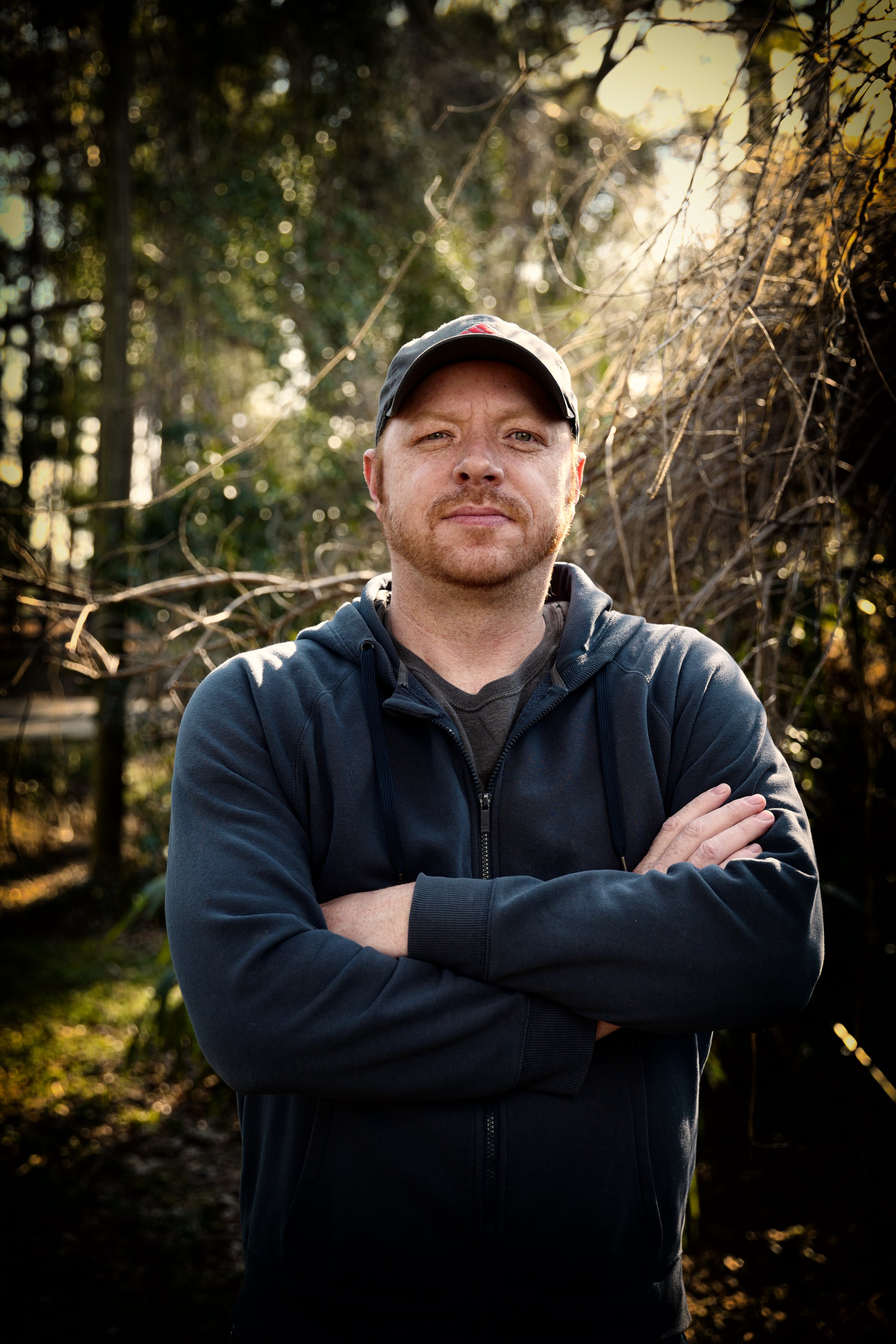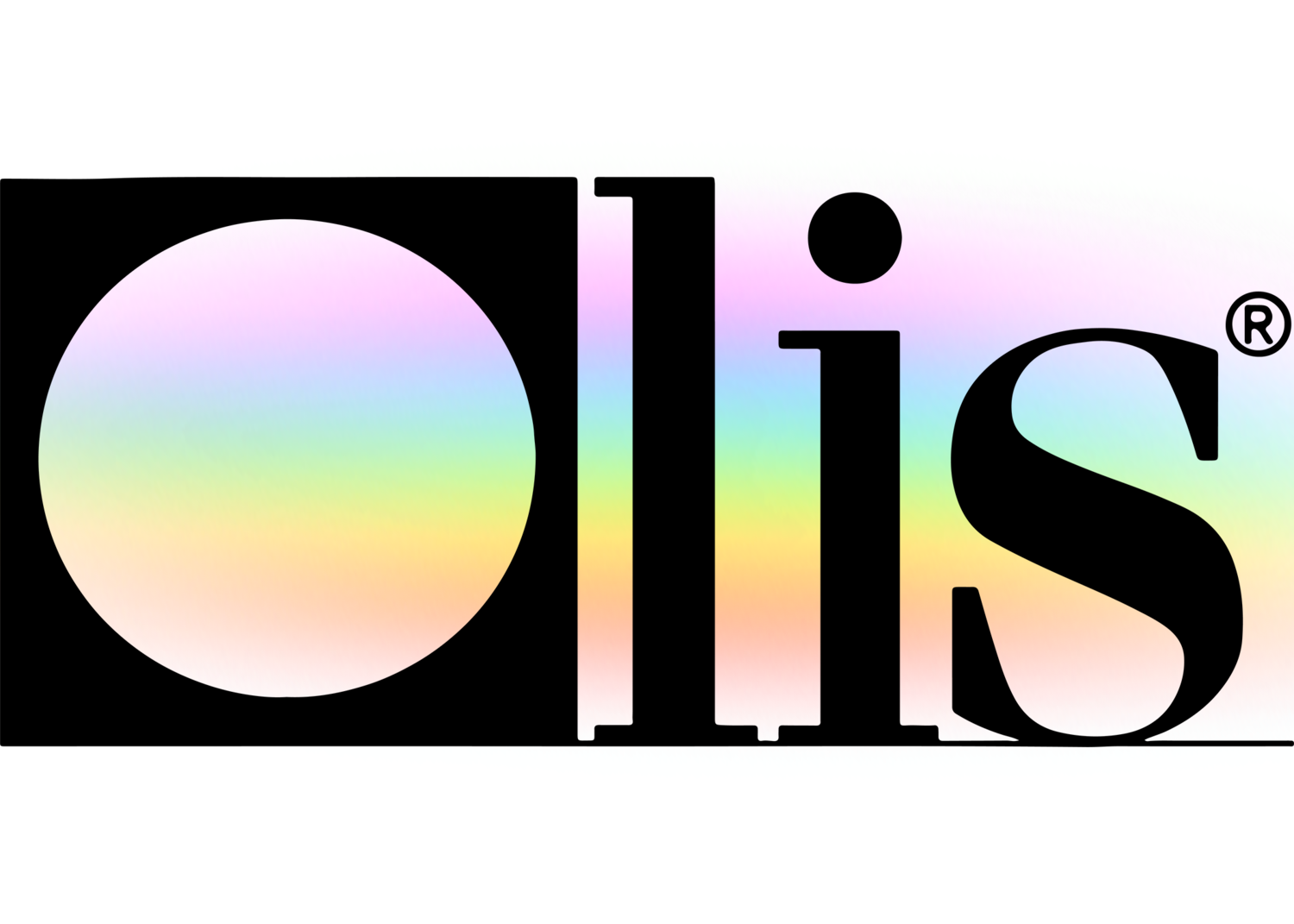The Ultimate Guide To Circular Dichroism
Table of ContentsOur Circularly Polarized Luminescence PDFsAll About Uv/vis/nirThe 3-Minute Rule for Circular DichroismThe Ultimate Guide To SpectrophotometersGetting The Circular Dichroism To WorkThe Facts About Uv/vis/nir UncoveredOur Circularly Polarized Luminescence StatementsUv/vis/nir Things To Know Before You Get ThisAn Unbiased View of Uv/visWhat Does Uv/vis/nir Mean?All About Circularly Polarized LuminescenceSpectrophotometers - QuestionsNot known Incorrect Statements About Uv/vis/nir
It is then scanned through the sample and the referral options. Portions of the event wavelengths are sent through, or shown from, the sample and the recommendation. Electronic circuits convert the relative currents into direct transmission percentages and/or absorbance/concentration worths.The transmission of a referral substance is set as a standard (information) worth, so the transmission of all other substances are taped relative to the preliminary "zeroed" compound. The spectrophotometer then converts the transmission ratio into 'absorbency', the concentration of specific components of the test sample relative to the preliminary substance.
Considering that samples in these applications are not readily offered in big quantities, they are specifically matched to being evaluated in this non-destructive technique. In addition, precious sample can be conserved by utilizing a micro-volume platform where as low as 1u, L of sample is needed for total analyses. A quick description of the procedure of spectrophotometry consists of comparing the absorbency of a blank sample that does not include a colored compound to a sample that contains a colored substance.
The Ultimate Guide To Circularly Polarized Luminescence
In biochemical experiments, a chemical and/or physical home is chosen and the procedure that is utilized specifies to that home in order to obtain more details about the sample, such as the quantity, pureness, enzyme activity, and so on. Spectrophotometry can be used for a number of techniques such as figuring out optimal wavelength absorbance of samples, figuring out optimal p, H for absorbance of samples, figuring out concentrations of unidentified samples, and determining the p, Ka of various samples.: 21119 Spectrophotometry is also a handy process for protein filtration and can likewise be utilized as a method to develop optical assays of a compound.
It is possible to know the concentrations of a 2 element mix using the absorption spectra of the standard options of each part. To do this, it is necessary to know the termination coefficient of this mixture at 2 wave lengths and the extinction coefficients of solutions which contain the recognized weights of the 2 components.

Getting My Circularly Polarized Luminescence To Work
Area. The concentration of a protein can be approximated by measuring the OD at 280 nm due to the existence of tryptophan, tyrosine and phenylalanine.
This method requires a spectrophotometer capable of determining in the UV region with quartz cuvettes.: 135 Ultraviolet-visible (UV-vis) spectroscopy includes energy levels that delight electronic shifts. Absorption of UV-vis light excites particles that are in ground-states to their excited-states.
These curves can be utilized to check a brand-new batch of colorant to inspect if it makes a match to specifications, e
Traditional visible region spectrophotometers area not detect if a colorant or the base material has product. This can make it challenging to handle color concerns if for example one or more of the printing inks is fluorescent. There are two significant setups for visual spectrum spectrophotometers, d/8 (round) and 0/45.
Researchers utilize this instrument to determine the amount of compounds in a sample. If the compound is more concentrated more light will be taken in by the sample; within small varieties, the Beer, Lambert law holds and the absorbance in between samples differ with concentration linearly. In the case of printing measurements two alternative settings are commonly utilized- without/with uv filter to control much better the impact of uv brighteners within the paper stock.
Not known Facts About Spectrophotometers
Some applications require small volume measurements which can be performed with micro-volume platforms. As explained in the applications area, spectrophotometry can be used in both qualitative and quantitative analysis of DNA, RNA, and proteins. Qualitative analysis can be used and spectrophotometers are utilized to record spectra of substances by scanning broad wavelength regions to identify the absorbance properties (the strength of the color) of the substance at each wavelength.

The Greatest Guide To Circularly Polarized Luminescence
One major factor is the kind of photosensors that are offered for various spectral areas, however infrared measurement is also difficult due to the fact that virtually whatever releases IR as thermal radiation, especially at wavelengths beyond about 5 m. Another complication is that several materials such as glass and plastic take in infrared, making it incompatible as an optical medium.
Obtained Dec 23, 2018. Basic Lab Methods for Biochemistry and Biotechnology (Second ed.). The vital guide to analytical chemistry.
Chichester, NY: Wiley. pp. 1617. ISBN 9780471974123. OCLC 36543293. Ninfa AJ, Ballou DP (2004 ). Fundamental laboratory methods for biochemistry and biotechnology. Hoboken: Wiley. p. 66. ISBN 9781891786006. OCLC 633862582. Rendina G (1976 ). Philadelphia, PA: W. B. Saunders Company. pp. 46-55. ISBN 0721675506. OCLC 147990. Oke, J. B.; Gunn, J. E.
Getting The Uv/vis To Work
"Secondary basic stars for outright spectrophotometry". The Astrophysical Journal. 266: 713. Bibcode:1983 Ap, J..266..713 O. doi:10. 1086/160817. Ishani, G (2006 ). "The very first industrial UV-vis spectrophotometer". p. 100. Recovered Dec 23, 2018. Simoni, RD; Hill, RL; Vaughan, M; Tabor, H (Dec 5, 2003). "A Timeless Instrument: The Beckman DU Spectrophotometer and Its Developer, Arnold O.
278 (49 ): e1. doi:. ISSN 1083-351X. Beckman, A. O.; Gallaway, W. S.; Kaye, W.; Ulrich, W. F. (March 1977). "History of spectrophotometry at Beckman Instruments, Inc". Analytical Chemistry. 49 (3 ): 280A300A. doi:10. 1021/ac50011a001. "Hewlett Packard: Compound Recognition with HP 8450 A UV Visible Spectrophotometer". Analytical Chemistry. 51 (12 ): 1188A1189A. 1979-10-01.
1021/ac50048a728. ISSN0003-2700. Ninfa AJ, Ballou DP, Benore M (2015 ). Fundamental Laboratory Techniques for Biochemistry and Biotechnology (3, rev. ed.). Hoboken, NJ: Wiley & Sons. p. 77. ISBN9780470924525. OCLC915641828. "Totally Automatic Double Beam - Atomic Absorption Spectrophotometer (AA 8000)". Lab Devices. Labindia Analytical Instruments Pvt. Ltd. "Spectrophotometry Applications and Fundamentals".
The 6-Minute Rule for Uv/vis
Obtained Jul 4, 2018. Trumbo, Toni A.; Schultz, Emeric; Borland, Michael G.; Pugh, Michael Eugene (April 27, 2013). "Applied Spectrophotometry: Analysis of a Biochemical Mixture". Biochemistry and Molecular Biology Education. 41 (4 ): 24250. doi:10. 1002/bmb. 20694. PMID 23625877. (PDF). www. mt.com. Mettler-Toledo AG, Analytical. 2016. Recovered Dec 23, 2018. Cortez, C.; Szepaniuk, A.; Gomes da Silva, L.
"Exploring Proteins Filtration Strategies Animations as Tools for the Biochemistry Teaching". Journal of Biochemistry Education. 8 (2 ): 12. doi:. Garrett RH, Grisham CM (2013 ). Biochemistry. Belmont, CA: Cengage. p. 106. ISBN 978-1133106296. OCLC 801650341. Holiday, Ensor Roslyn (May 27, 1936). "Spectrophotometry of proteins". Biochemical Journal. 30 (10 ): 17951803. doi:10. 1042/bj0301795.
PMID 16746224. Hermannsson, Ptur G.; Vannahme, Christoph; Smith, Cameron L. C.; Srensen, Kristian T.; Kristensen, Anders (2015 ). "Refractive index dispersion sensing using a selection of photonic crystal resonant reflectors". Applied Physics Letters. 107 (6 ): 061101. Bibcode:2015 Ap, Ph, L. 107f1101H. doi:10. 1063/1. 4928548. S2CID 62897708. Mavrodineanu R, Schultz JI, Menis O, eds.
The 9-Minute Rule for Circular Dichroism
U.S. Department of Commerce National Bureau of Standards special publication; 378. Washington, D.C.: U.S. National Bureau of Standards. p. 2. OCLC 920079.
The procedure starts with a regulated light source that lights up the examined sample. When it comes to reflection, as this light interacts with the sample, some is absorbed or released. The discharged light journeys to the detector, which is examined, quantified, and presented as industry-standard color scales and indices.
Industry governing bodies generally define specific metrics for particular items, such as Tomato and Coffee indices. The streamlined mathematics appears like this: Where R is the reflection coefficient. All terms are examined over the noticeable spectrum from 400 to 700 nm. In the case of transmission, when the light interacts with the sample, it is either soaked up, shown, or transmitted.
The 4-Minute Rule for Circularly Polarized Luminescence
Examples include APHA (American Public Health Association) for watercolor and purity analysis, ASTM D1500 for petrochemical color analysis, edible oil indices utilized in food, and color analyses of drinks. All terms are examined over the visible spectrum from 400 to 700 nm.
Image Credit: Matej Kastelic/ Dr. Arnold J. Beckman and his coworkers at the National Technologies Laboratories initially created the spectrophotometer in 1940. In 1935 Beckman founded the company, and the discovery of the spectrophotometer was their most ground-breaking innovation. Dr. Bruce Merrifield, a Nobel prize-winning biochemist, specified that the creation of the spectrophotometer was "probably the most important instrument ever developed towards the improvement of bioscience." Before the discovery of the spectrophotometer, chemical analyses took weeks to complete, with 25% precision.
The Best Guide To Uv/vis/nir
Over time, researchers kept improving the spectrophotometer design to improve its performance. The UV capabilities of the model B spectrophotometer were improved by changing the glass prism with a quartz prism.
After 1984, double-beam versions of the gadget were developed. The addition of external software with the arrangement of onscreen screens of the spectra was available in the 1990s. Typically, a spectrophotometer is made up of two instruments, particularly, a spectrometer and a photometer. A fundamental spectrophotometer includes a source of light, a monochromator, a collimator for straight light beam transmission, a cuvette to place a sample, and a photoelectric detector.
Spectrophotometers Fundamentals Explained
There are different kinds of spectrophotometers in various sizes and shapes, each with its own purpose or performance. A spectrophotometer figures out how much light is reflected by chemical parts. UV/Vis/NIR. It measures the distinction in find out light intensity based on the total amount of light presented to a sample and the quantity of light beam that passes through the sample service
Based on the instrument's style, the sample is placed between the spectrometer and the photometer. After the light is passed through the sample, the photometer measures its intensity and displays the reading. A spectrophotometer is utilized to figure out the concentration of both colorless and colored solutes in an option. This instrument is used to figure out the rate of a response.